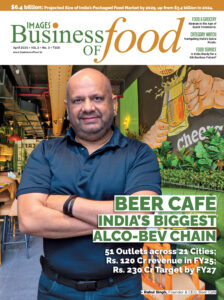The Indian foodservice sector is a vibrant and dynamic industry that has undergone significant growth and transformation in recent years. With a diverse culinary heritage, a rapidly expanding middle class, urbanisation, extensive inbound and outbound travel, mobile phone penetration, and rapid proliferation of social media all leading to changing consumer preferences, this sector has become…




